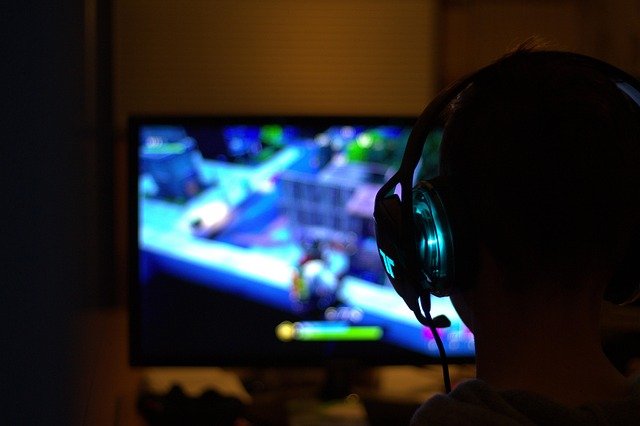The Unseen Power of Sound Design in Video Games
Video games are a multi-sensory experience, engaging players through stunning visuals, tactile feedback, and immersive soundscapes. While the visual elements often take center stage, the role of sound design in shaping the gaming experience is equally significant. This article delves into the often overlooked yet crucial aspect of sound design in video games, tracing its evolution, current trends, and its impact on the gaming experience.

The Unsung Hero of Gaming: A Historical Perspective
Sound design in video games has come a long way since the simple beeps and boops of the early arcade games. In the 1970s and 80s, technological limitations restricted sound design to basic, synthesized tones. However, as technology advanced, so did the complexity of video game soundtracks and sound effects. By the 1990s, games like “Final Fantasy VI” and “Chrono Trigger” were pushing the boundaries with rich, orchestral scores that added emotional depth to the gameplay.
The Symphony of Modern Gaming: Current Trends
Today, sound design in video games is a sophisticated art form. Modern games employ a wide range of audio techniques, from dynamic soundtracks that respond to player actions, to 3D audio effects that create a sense of space and direction. Games like “The Last of Us Part II” and “Hellblade: Senua’s Sacrifice” have been lauded for their innovative use of sound design, enhancing immersion and storytelling in unique ways.
The Resonance of Sound: Cultural Impact and Player Reception
Sound design plays a pivotal role in shaping the player’s experience and perception of a game. It can evoke emotions, build tension, and even guide gameplay. For instance, the eerie silence in horror games like “Silent Hill” or “Resident Evil” heightens the sense of dread, while the triumphant fanfares in “Super Mario Bros.” signal victory and progress. Player reception to these audio cues is often subconscious, but it significantly influences their overall gaming experience.
The Science of Sound: Backed by Research
Research supports the importance of sound design in video games. Studies have shown that sound can affect player performance, emotional response, and immersion. For example, a study published in the Journal of the Audio Engineering Society found that players performed better and reported higher levels of immersion when playing a game with high-quality sound design compared to a version with poor or no sound.
Striking the Right Chord: Balancing Depth and Accessibility
While the intricacies of sound design may seem daunting, understanding its basics can enhance the gaming experience for both players and developers. Sound design is not just about creating realistic or impressive sounds—it’s about using sound to support the game’s narrative, mechanics, and aesthetics. By striking the right balance, sound design can transform a good game into a truly memorable experience.
In conclusion, sound design is an integral part of video games that often goes unnoticed. Its evolution from simple tones to complex, dynamic soundscapes has significantly shaped the gaming industry. As technology continues to advance, the potential for innovative and immersive sound design is limitless. It’s time we turned up the volume and listened to the symphony of gaming.





